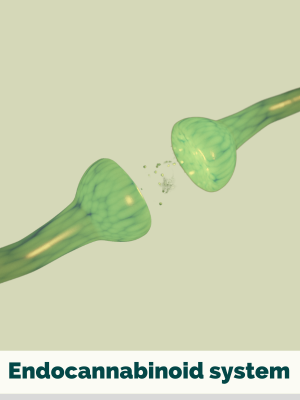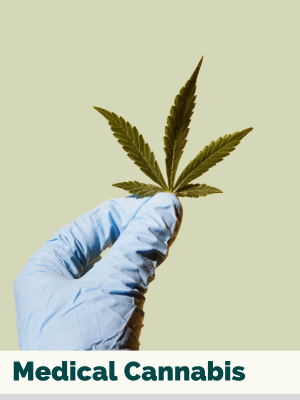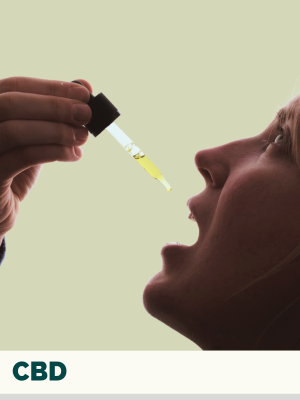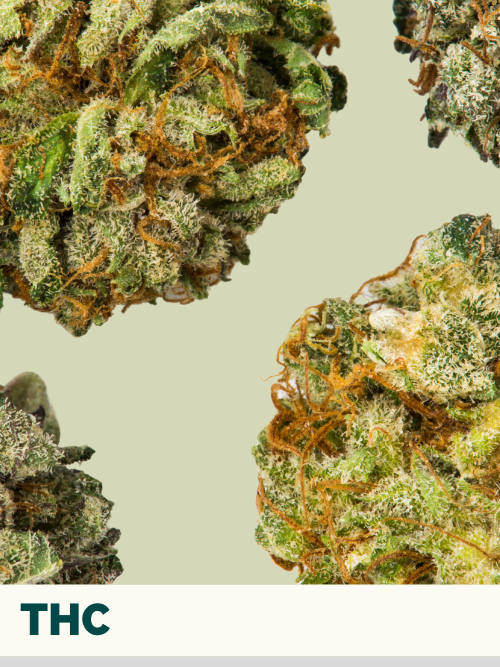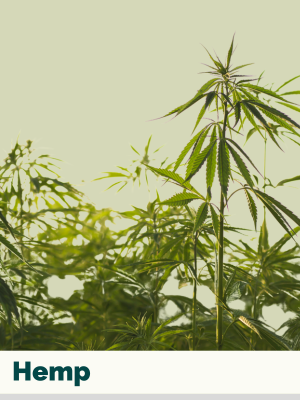Understanding the plant
The Cannabis Plant
Cannabis is a genus of flowering plants in the family Cannabaceae. The plant has been used for medicinal, spiritual, industrial, horticultural, wellbeing, and recreational purposes for thousands of years.
The cannabis plant can be divided into two main sub-species: Cannabis sativa and Cannabis indica, as well as hybrids of the two species. Ruderalis has also been classified as a subspecies of cannabis sativa since 2022.
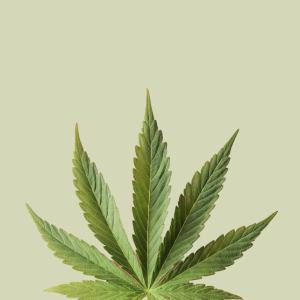
Cannabinoids and compounds
The plant has several parts, including the flower buds (inflorescence), leaves, stems, and seeds which are used for many purposes. The flower buds are the most sought-after part of the plant because they contain the highest concentration of hundreds of secondary metabolites including cannabinoids and terpenes which are the chemical compounds that are responsible for the plant’s effects on the body.
The two most well-known cannabinoids are tetrahydrocannabinol (THC) and cannabidiol (CBD). THC is responsible for the psychoactive effects of cannabis, while CBD is non-intoxicating and has been shown to have several therapeutic properties.
In addition to cannabinoids, the cannabis plant also contains other compounds, including terpenes and flavonoids, which are responsible for the plant’s unique aroma and colour, along with Ligans, fatty acids, sulforaphanes, and tannins.
Growing and uses
Cannabis plants can be grown both indoors and outdoors, and they require specific environmental conditions to thrive and produce high concentration of beneficial compounds. The plants prefer a warm and humid climate, as well as regular watering and rich soil. They typically require specific light cycles, to trigger flowering with equal dark and light periods (12 hours). Although some cultivars will flower with 10.5 hours of dark (13.5 hours of light), and some with 9 hours of dark (15 hours of light).
The cannabis plant has many uses, including for medicinal and therapeutic purposes, recreational use, industrial applications such as textiles, building materials, and biofuels, and horticultural purposes such as ornamental plants and garden cultivars. Cannabis can also be used for bioremediation to clean polluted land.

